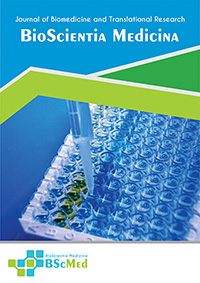Main Article Content
Abstract
Background: Drowning is a significant global public health issue, leading to a substantial number of deaths annually, particularly among children. Acute respiratory failure (ARF) is a common and life-threatening complication of drowning, necessitating prompt and effective management. This case report describes the successful management of ARF in a 6-year-old child following a drowning incident.
Case presentation: A 6-year-old male child was brought to the emergency department (ED) after being rescued from a river. He was unconscious, cyanotic, and in respiratory distress. Initial assessment revealed a Glasgow Coma Scale (GCS) score of 9, oxygen saturation of 45% on room air, and crackles on lung auscultation. He was immediately intubated and placed on mechanical ventilation. A chest X-ray showed evidence of pneumonia and pulmonary edema. Arterial blood gas analysis confirmed acute hypoxemic respiratory failure. The patient was transferred to the intensive care unit (ICU) and managed with mechanical ventilation, antibiotics, and corticosteroids. He demonstrated gradual improvement in respiratory status and neurological function, leading to successful extubation and eventual discharge with a full recovery.
Conclusion: This case highlights the critical role of prompt recognition and aggressive management of ARF in drowning victims. Early intubation and mechanical ventilation, along with supportive care, can lead to successful outcomes even in severe cases. This report emphasizes the importance of raising awareness about drowning prevention and the need for readily available emergency medical services to improve outcomes in such incidents.
Keywords
Article Details
As our aim is to disseminate original research article, hence the publishing right is a necessary one. The publishing right is needed in order to reach the agreement between the author and publisher. As the journal is fully open access, the authors will sign an exclusive license agreement.
The authors have the right to:
- Share their article in the same ways permitted to third parties under the relevant user license.
- Retain copyright, patent, trademark and other intellectual property rights including research data.
- Proper attribution and credit for the published work.
For the open access article, the publisher is granted to the following right.
- The non-exclusive right to publish the article and grant right to others.
- For the published article, the publisher applied for the Creative Commons Attribution-NonCommercial-ShareAlike 4.0 International License.





